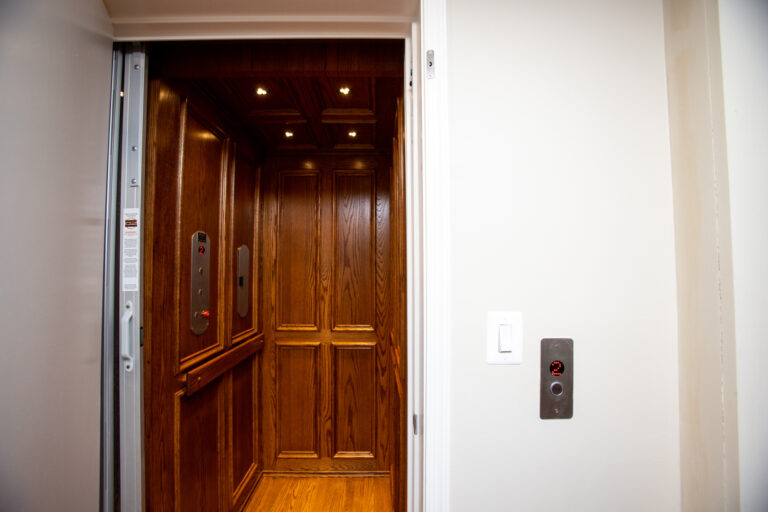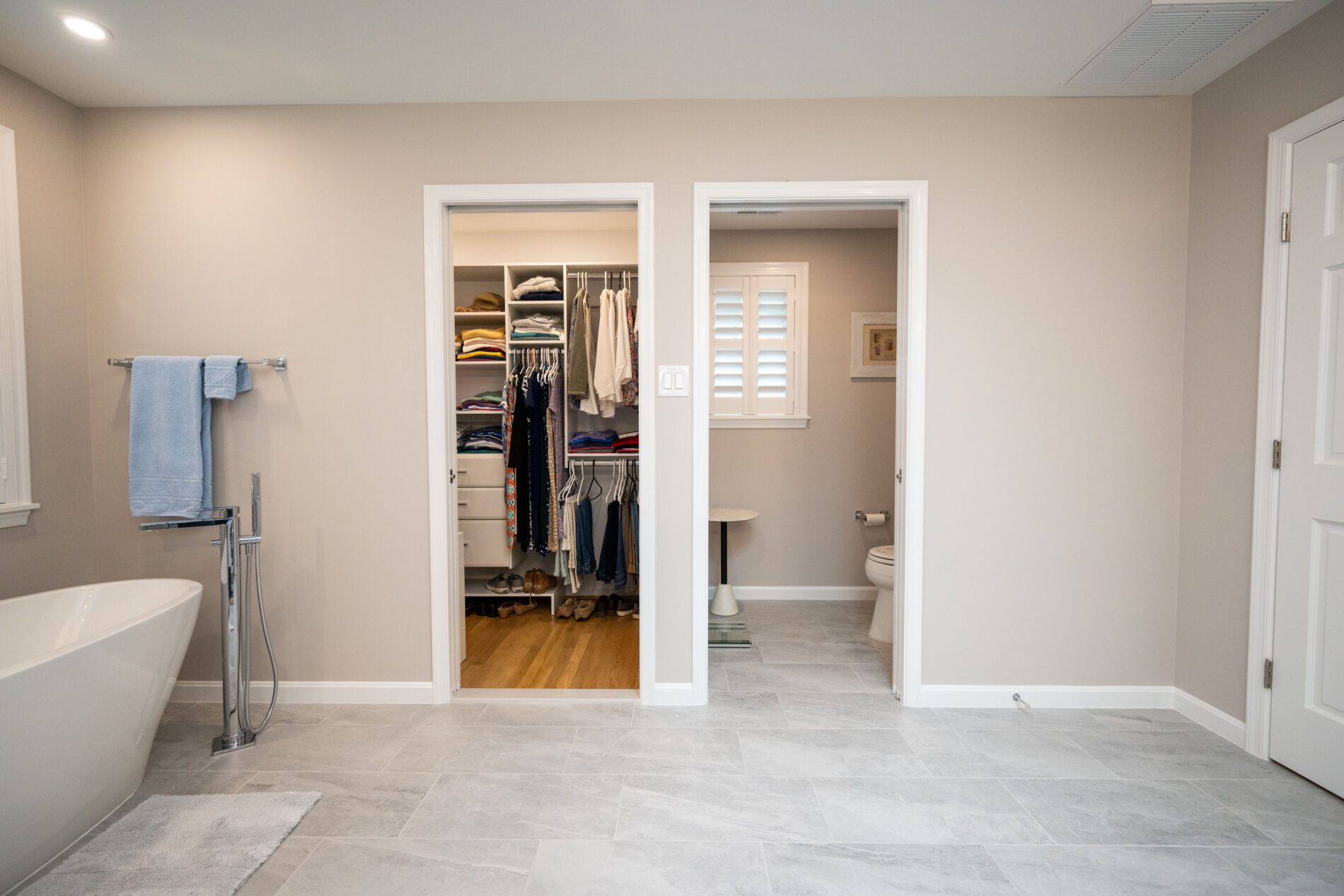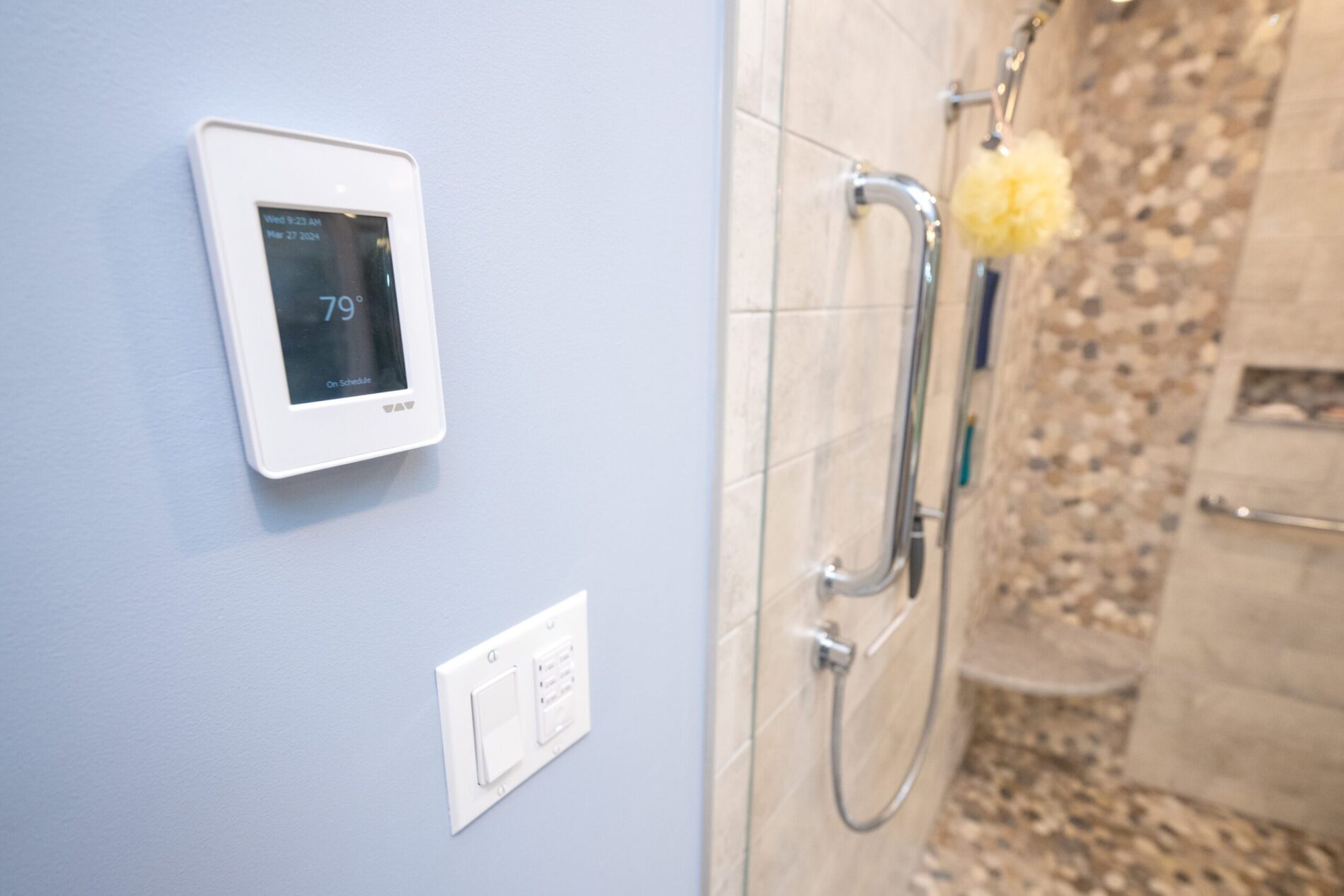Increasingly, older Americans are opting to stay in their homes rather than relocate to a retirement community or assisted living facility. This choice—commonly referred to as aging in place—offers several compelling benefits, particularly when compared to the rising costs of long-term care facilities. The New York Times recently explored how more Americans are choosing to age in place, noting both the practical and emotional reasons behind this shift. But it’s not just about the numbers. Aging in place also supports independent living, comfort, and emotional well-being.
Wondering if aging in place remodeling is the right fit for you or a loved one? Below, we explore common questions about the financial, safety, and lifestyle benefits of staying in your own home.

Is It Cheaper to Age in Place or Move to Assisted Living?
One of the most significant benefits of aging in place is the financial aspect. While every situation is unique, the numbers speak for themselves.
The median cost of an assisted living community in the United States is now upwards of $8,000–$9,000 per month—well over $100,000 per year. That doesn’t include additional care costs, like medication management, personal care, or home health aide services. For many families, this cost becomes a long-term burden, particularly when a loved one needs several years of support.
By contrast, a well-planned investment in home modifications can be far more cost-effective. Even a comprehensive aging-in-place renovation, which includes updates to bathrooms, entryways, and kitchens, may range from $80,000 to $250,000 or more. While that might seem like a large upfront investment, it often pays for itself in just two or three years when compared to residential care facilities.
What Are the Financial Benefits of Aging in Place?
There are also hidden costs to consider when relocating to an assisted living facility:
- Realtor commissions and moving expenses
- Costs associated with prepping your home for sale (painting, staging, repairs)
- Emotional and financial toll of leaving a familiar environment
- Foregoing generational wealth transfer by selling the home rather than having heirs inherit the home
As remodeling industry expert Mark Richardson points out, moving can easily cost 10–20% of your home’s value. That’s money you may never recoup—especially if you end up feeling disconnected or regretful after the move.
When you invest in your current home, you retain equity, stay close to your support network, and preserve your sense of independence—all of which contribute to life satisfaction and overall well-being.
Related: Aging in Place Home Renovations: Pros and Cons

What Home Modifications Help with Aging in Place?
With the right updates, your home can become a safer and more accessible living environment. These modifications might include:
- Grab bars and handrails in bathrooms, entrances, stairs, and hallways
- Wider doorways and open layouts for wheelchairs or walkers
- Zero-threshold showers to reduce tripping hazards
- Better lighting, especially near stairs and entryways
- Lowered countertops and storage for easier daily tasks
These features make it easier to continue with activities of daily living like bathing, cooking, and light housekeeping without relying heavily on professional caregivers or family members. A more navigable home preserves your ability to manage daily routines on your own terms—and that sense of Independence and Autonomy can have a major impact on your quality of life.
Related: A Tour of an Aging-in-Place Home
How Can I Stay Socially Connected While Aging in Place?
Social connections are critical as people age. According to the National Institute on Aging, remaining in a familiar setting can support better cognitive health, reduce fall risk, and promote healthy aging overall.
Moving to an assisted living facility can disrupt your support network and detach you from the neighborhood and community connections you’ve built over time. When you remain at home, you stay close to community events, local shops, senior centers, and places of worship. Regular contact with neighbors and community members supports social networks, which helps reduce social isolation—a major concern for many older people.
And let’s not forget the impact on life satisfaction. Being able to stay in your familiar surroundings, follow your daily routines, and remain in control of your personal preferences all support emotional well-being—for you and your family caregivers alike.
Related: Aging-in-Place Renovations: Pros and Cons
When Should I Start Planning to Age in Place?
The best time to consider aging in place is before your health begins to change. Planning early gives you time to update your living space thoughtfully, rather than reacting to a crisis.
We always recommend working with a design-build remodeling team that understands the unique needs of aging homeowners. At Northwood Construction, we bring that expertise to every project.
Two members of our team, Bob and Whitney, are Certified Aging-in-Place Specialists (CAPS), with Tran, actively working toward certification—ensuring our designs are rooted in both best practices and practical experience. Whether it’s creating a safer layout for everyday mobility or planning for future support services like home care or physical therapy, we tailor your home to fit your lifestyle—now and as your needs evolve.
We are remiss in not mentioning the biggest hindrance to aging in place: not taking care of your own health. A good diet, regular exercise, quality sleep, time outdoors, and regular medical screenings will prolong your aging-in-place experience and independence.

Is Aging in Place Right for Me or a Loved One?
Ultimately, this is a personal decision that should consider both lifestyle goals and long-term care needs. You may want to:
- Consult a financial advisor to compare costs and options
- Talk to your doctor or occupational therapist about health or mobility concerns
- Assess your home with an aging in place remodeling professional to identify safety improvements
If aging in place aligns with your goals for independence, stability, and peace of mind, it’s worth exploring the possibilities.
Live on Your Own Terms—With Confidence
As more older Americans prioritize comfort, safety, and independence, it’s clear why aging in place is becoming a preferred choice. It allows people to maintain control of their living situation, stay rooted in their communities, and avoid the emotional and financial upheaval of a residential facility.
Investing in your home isn’t just about remodeling; it’s about investing in the life you want to live.
If you’re thinking about how to make your home safer and more supportive as you age, Northwood Construction is here to help. Let’s talk about how we can help you stay in the place you know and love—your own home. Schedule a consultation with us today.
